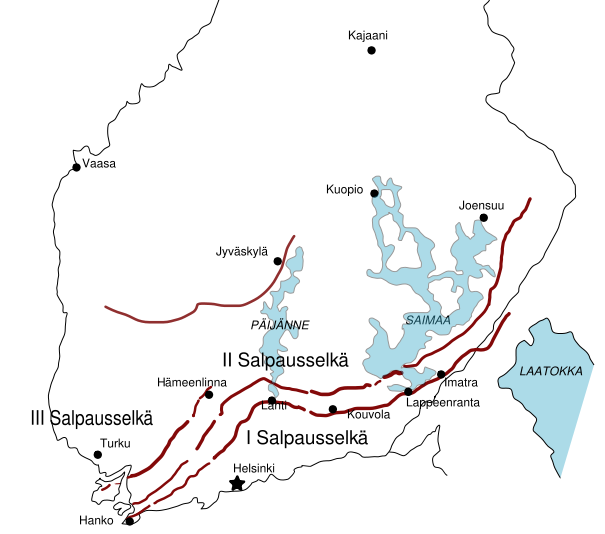Infrastructure used to refer to roads, tunnels and other public works. In Signal Traffic, Shannon Mattern points out how words “architecture” along with “telecommunications” and “media” began to trend in the 1960’s, approximately at the same time. “Infrastructures made human settlements possible”, Mattern continues, and this indeed the case with the Salpausselkä ridges spreading across Southern and South-Eastern Finland: a national highway number 12 follows the Salpausselkä I ridge, along with a railway and some major cities and towns. The formation itself does not stand out very much from the landscape, save for a few steep quarries revealing the moraine and materiality of the ridge. According to Mattern, an area in which human settlements gathered, also forms an infrastructure — “an area of local intercourse”. What are examples of these areas and what kinds of local intercourses do they entail?
Considering the various urban forms: topography, transportation, cosmology, philosophy, defense… Everything intertwines and services merge to one another. An example could be a case of postal services piggybacking in the cargo compartment of a vehicle intended for commuting. Decreased commuting may mean changing timetables and thus affecting the time when the postal service is able to do their work. That means people receive their mail less frequently or later during the day — how will everyday habits be shaped by such a trivial change in society?
How are cities mediated or unmediated? Was there an unmediated era, and what did it look like compared to today? What were the visual characteristics of an unmediated city: unpainted surfaces, human-sized buildings? We can now access overviews of areas more easily with drones or with the aid of Google Earth. Has it already changed views of how we construct neighborhoods or new suburbs?
The intermingling of temporalities: old and new form interfaces with one another, sometimes leaking into one another. New technologies are introduced, old are discarded, but not entirely. During the implementation of mobile network technologies, analog television broadcasts were phased out. If you listen to amateur radio, unused bandwidth frees up space in the “spectrum” for other purposes and transmission of data. Listening to the various signals nowadays (conveniently with the help of an online SDR), aside from voice communication, one may find out there are people out there still communicating with morse code; planes transmit some of the flight data as continuous signals to airports without manual human reporting; remote weather stations send weather data, all this without the help of internet connection that the contemporary human is so dependent on.
It is evident the Salpausselkä ridges are natural formations that have supported human activity for thousands of years: their affordances have allowed convenient ways to arrange defense, logistics, trade routes, services and other industrial endeavors. The formations are an obvious location for erecting radio/TV/telephone masts and water towers. Some buildings and sites have been built on top of the ridge to highlight their presence in the area, or to offer the visitors an outlook to enjoy.
Lauttasaari water tower was taken down in 2015. In an article by HSY about constructing a new water tower instead of trying to preserve the old one, it is stated that repurposing old water towers is an expensive and difficult feat, depending on the way the tower has been originally constructed. A study conducted in Romania points out how many of the old water towers have been converted into sites for preserving cultural artefacts or sites for cultural activities. In many cases, radio towers and antennas are located on top of a water tower. What is the relationship between the hydropolis of water and waste with an electrified and communicative cybercity?
The Salpausselkä ridges contain majority of the groundwater reserves of the area. The gravel within the ridge filters the water — some of this water is bottled, and the water can be bought from Finnish supermarkets. What is the future of water system when faced with challenges such as drought? How are these very essential and invisible infrastructures and related ecosystems designed to prevail?
(Image: Jari Laamanen, Wikipedia)


